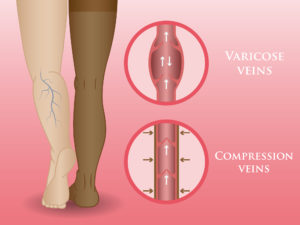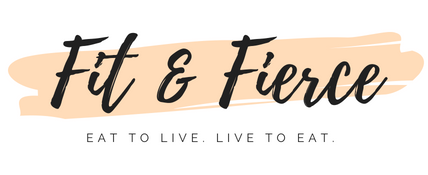
Pregnancy has brought upon a host of surprising events. From swollen ankles, pain, fatigue, nausea, skin changes, and now.. what are those bulging veins? Varicose veins. They are veins, near the surface of the skin, that are particularly swollen.
The most common place these little guys show up are in the legs. However, hemorrhoids are varicose veins that appear in the rectal area, from increased pressure. With that growing baby, more pressure from the uterus is placed on the inferior vena cava, which places great pressure on the veins in your legs. Remember, these veins are returning blood from your feet to your heart, which becomes harder with increased blood flow during pregnancy. Additionally, those lovely pregnancy hormones that help create a supportive environment for your growing little one, are the same hormones that relax the walls of your blood vessels. With each pregnancy, these veins can get worse and worse. Guess what? There is hope! These unsightly veins are likely to improve after the birth of your baby. In the meantime, what can you do about it?
- Avoid long period of sitting or standing.
- Stay active, daily, to improve circulation.
- Avoid putting on more weight than is recommended.
- Elevate your legs higher than your heart, to help increase blood flow back to the heart.
- Stay hydrated.
- Avoid crossing your legs, as much as possible.
- …and for my favorite bit: GRADUATED COMPRESSION SOCKS. This fabulous invention helps to increase the blood flow from your feet, back to your heart. They become increasingly less tight, the higher up your leg, to encourage blood flow. In other words, the greatest degree of compression is found at the ankle. The good news is, these non-medical support hose, do not require a prescription! What’s in it for you? You mean, besides great relief? They obviously reduce tired and achy feet/legs. Not only are they helpful in pregnancy, but long flights or car trips, long periods of sitting/standing, and runners even use them to improve performance! I mean, how much better can you run if you are getting more blood back to your heart, right? Here is a visual of how they work:

(Medical compression hosiery for female feet.)
So, mama, take it easy, wear some relief-providing hose, put your feet up, and don’t feel guilty about it! Soon enough, you will have a baby (or two) to chase around!
References:
Lim, C. S., & Davies, A. H. (2014, July 08). Retrieved February 02, 2018, from https://www.ncbi.nlm.nih.gov/pmc/articles/PMC4081237/
